Premium Only Content
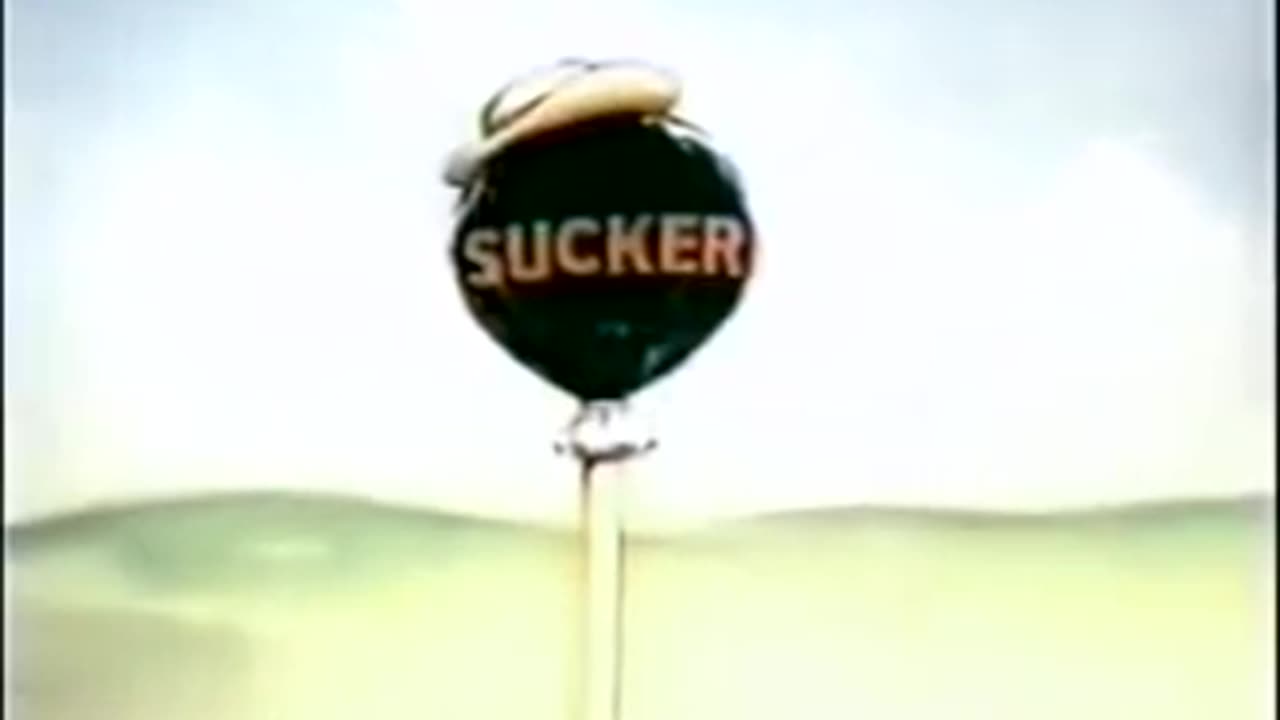
Bugs Bunny - All This and Rabbit Stew (1941)
All This and Rabbit Stew is a one-reel animated cartoon short subject in the Merrie Melodies series, produced in Technicolor and released to theatres on September 13, 1941[1] by Warner Bros. and Vitaphone. It was produced by Leon Schlesinger and directed by Tex Avery (uncredited) with musical supervision by Carl W. Stalling.
The cartoon was the final Avery-directed Bugs Bunny short to be released. Although it was produced before The Heckling Hare (after the production of which Avery was suspended from the Schlesinger studio and defected to Metro-Goldwyn-Mayer), it was released afterwards. The title is a parody of that of All This, and Heaven Too (1940), a Bette Davis film from the same studio. Because the cartoon was released after Avery left Warner Bros, Avery's name does not appear in the credits.[2][3][4][5][6]
After copyright on All This and Rabbit Stew expired in 1969, the film fell into the public domain. The cartoon has been considered highly controversial due to racial stereotyping, which prompted United Artists to withhold this cartoon from syndication a year before it entered the public domain, making it one of the Censored Eleven. The plot has Bugs Bunny hunted by a slow-witted African American hunter who is a caricature of Stepin Fetchit.
File:All This and Rabbit Stew.webm
All This and Rabbit Stew
A black hunter walks over to a rabbit hole where Bugs is eating his carrots. Bugs is led to a trunk where he tricks the hunter into destroying the tree. Bugs distracts the hunter after introducing himself, and digs underground and when the hunter realizes that Bugs has his gun. Bugs has the hunter run far enough so he can go down the rabbit hole. Realizing that he has been had, the hunter uses a toilet plunger to catch Bugs. However, Bugs tickles the hunter and flees into another rabbit hole. The hunter grabs the plunger, only to find a skunk under him. Next, Bugs lures the hunter into a cave, where they encounter a black bear. All three of them run into the rabbit hole and when Bugs and the hunter realize the bear is in the hole, they run off in fright.
Realizing that Bugs is on the hunter while walking, the hunter fires off a swarm of anthropomorphic birdshot bullets. In a madcap chase, the bullets chase Bugs into a series of holes, including a "fake" golf hole and the cave where the skunk is at. Bugs then lures the hunter into a log sitting on the edge of a cliff, through which the hunter runs numerous times (each time running to the other side as Bugs spins the log around so that the hunter keeps running off the cliff) until he falls to the ground. Bugs is confronted by the angered hunter and, in a desperate plea for his life, baits the hunter into playing what turns out to be a “strip” dice game. Bugs wins the game and walks off mocking the hunter's speech and wearing the hunter's clothes, leaving the man with a leaf covering his crotch to ad-lib “Well, call me Adam.” Bugs grabs the leaf during the "iris out".
Analysis
The film contains a erence to World War II, when the hunter threatens to Blitzkrieg Bugs.[7]
The hunter is identified in his model sheet as "Tex's Coon".[8] The hunter fills the role usually associated with Elmer Fudd; this was one of four Bugs Bunny short films of 1941 which have him facing a different hunter each time (the others were Hiawatha's Rabbit Hunt, in which Bugs faced an Indian; The Heckling Hare, in which Bugs faces Willoughby the Dog; and Wabbit Twouble, which pits Bugs against Fudd).[7] He is described as a "shufflin', big lipped, sleepy-eyed country coon". He can not resist a game of craps.[9] The Stepin Fetchit-like character has his shuffling and mumbling exaggerated for comic effect. The caricature is treated with contempt. It was clearly not a criticism of Fetchit and his stereotypical mannerisms;[8] at the time, Warner Bros. had satirized numerous celebrities of the era, regardless of race. As Fetchit's own performances were later subject to criticism from civil rights activists for portraying negative stereotypes, so too did this cartoon, eventually prompting its effective suppression.
The hunter is dressed in a hat, a short-sleeved shirt, overalls and oversized shoes. A character with the same attire and demeanor would later be used in Angel Puss (1944). He is the Sambo of the film.[10]
The hunter's and Bugs' reaction from the bear's unexpected appearance from the rabbit hole (horn sound included) was somewhat reused in Wabbit Twouble (1941).
The giant hollow log gag was reused in The Big Snooze (1946), Foxy By Proxy (1952) & Person To Bunny (1960).
Home video and television availability[edit]
Due to the film's racial stereotyping, All This and Rabbit Stew has not been seen on television since the 1990s, and is considered one of the "Censored Eleven" group of Looney Tunes/Merrie Melodies shorts. It was one of the 12 cartoons to be pulled from Cartoon Network's "June Bugs" 2001 marathon by order of AOL Time Warner on grounds of the subject material's offensiveness toward African-Americans.
It is also the only Bugs Bunny cartoon in the Censored Eleven. Due to its public domain status, it is not as scarce as most of the others. It can be seen on the internet and on low-budget video releases of public domain cartoons, in all cases as very worn-out and faded prints (neither UA nor Associated Artists Productions [a.a.p.] – from which UA had acquired the cartoons – had access to the original Technicolor negatives, which were being stored at the WB studios).
From publicdomainmovies.net
-
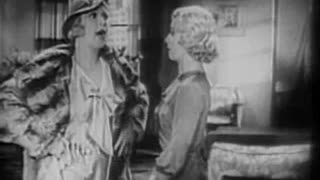 1:18:38
1:18:38
Old Time Tv and Movies
1 month agoThree Broadway Girls (1932) (Feature Film Comedy 1:18:38)
89 -
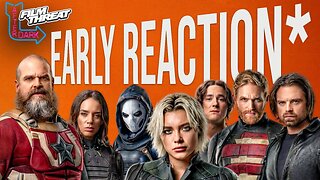 28:59
28:59
Film Threat
11 hours agoTHUNDERBOLTS* EARLY REACTIONS | Film Threat After Dark
15.7K4 -
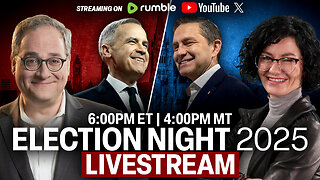 8:02:12
8:02:12
Rebel News
4 days ago $211.98 earnedELECTION NIGHT LIVE: Rebel News Canada coverage with Ezra Levant, Sheila Gunn Reid & Special Guests
425K229 -
 1:24:54
1:24:54
Badlands Media
15 hours agoBaseless Conspiracies Ep. 130: Iberia Blackout, Green Energy Failures, and Grave-Robbing Government Experiments
83.5K31 -
 2:12:50
2:12:50
FreshandFit
8 hours agoModern Men VS Modern Women
53.8K33 -
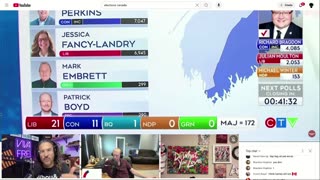 4:17:07
4:17:07
vivafrei
9 hours agoELECTIONS CANADA RESULTS LIVE STREAM WITH VIVA COMMENTARY!!!
132K145 -
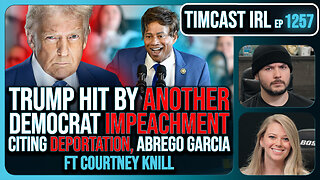 2:39:37
2:39:37
TimcastIRL
10 hours agoDemocrat LAUNCHES IMPEACHMENT Against Trump Citing Deportation, Abrego Garcia Case | Timcast IRL
172K150 -
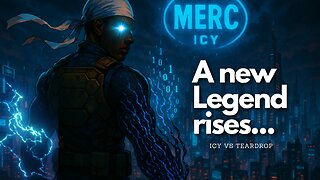 2:17:27
2:17:27
IcyFPS
8 hours agoA new legend rises.. Icy vs Teardrop | @playoffthegrid | Team MERC Grind |
31.9K2 -
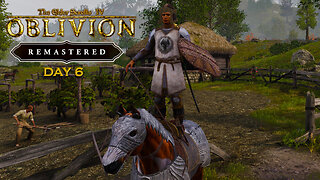 8:07:56
8:07:56
TwinGatz
10 hours ago🔴LIVE - Endless Jank | Oblivion Remastered
35.4K -
 1:33:55
1:33:55
Glenn Greenwald
15 hours agoGaza Starves, Pro-Israel Propagandists Escalate Extremist Rhetoric and Actions | System Update #444
157K308